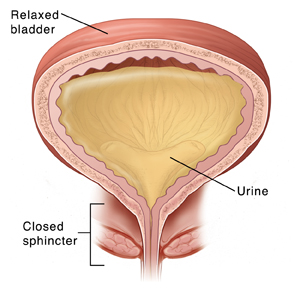 Women with common forms of urinary incontinence have various bacteria in their bladder, according to data presented today by researchers from Loyola University Chicago Stritch School of Medicine. Researchers also found that some of these bacteria may differ based on their incontinence type.
Women with common forms of urinary incontinence have various bacteria in their bladder, according to data presented today by researchers from Loyola University Chicago Stritch School of Medicine. Researchers also found that some of these bacteria may differ based on their incontinence type.
These findings were presented at the 34th Annual Scientific Meeting of the American Urogynecologic Society in Las Vegas. They stem from Loyola’s Urinary Research and Educational Collaboration, an institutional effort to identify and characterize urinary bacteria and how they relate to urinary health and disease.
“Loyola’s Urinary Research and Educational Collaboration has allowed us to identify valuable information about the existence and function of bacteria in the female lower urinary tract,” said Linda Brubaker, MD, MS, co-lead investigator and dean, Loyola University Chicago Stritch School of Medicine. “This information may help us more effectively treat women whose incontinence symptoms persist despite appropriate evaluation and medical treatment.”
Lower urinary tract disorders, including incontinence, are highly common in American women. Stress urinary incontinence (SUI) is the loss of urine from physical activity such as coughing, sneezing and running. Urgency urinary incontinence (UUI) is the strong or sudden need to urinate.
This study analyzed urine samples from women with SUI, predominant SUI, UUI and predominant UUI. Volunteers in each group contributed catheterized urine samples. Each urine sample was analyzed in several ways: conventional urine culture, Gram stain analysis and advanced technology — DNA sequencing analysis. The bacteria in women with UUI and predominant UUI were easily distinguishable from the bacteria in women with SUI and predominant SUI.
“While further research is needed, evaluating the urinary microbiome may be a useful tool to characterize women with urinary incontinence prior to and following treatment to better treat their condition,” Dr. Brubaker said.
Source: Loyola University Health System (2013, October 17). Bladder bacteria vary in women with common forms of incontinence. ScienceDaily. Retrieved November 5, 2013, from http://www.sciencedaily.com /releases/2013/10/131017144408.htm












